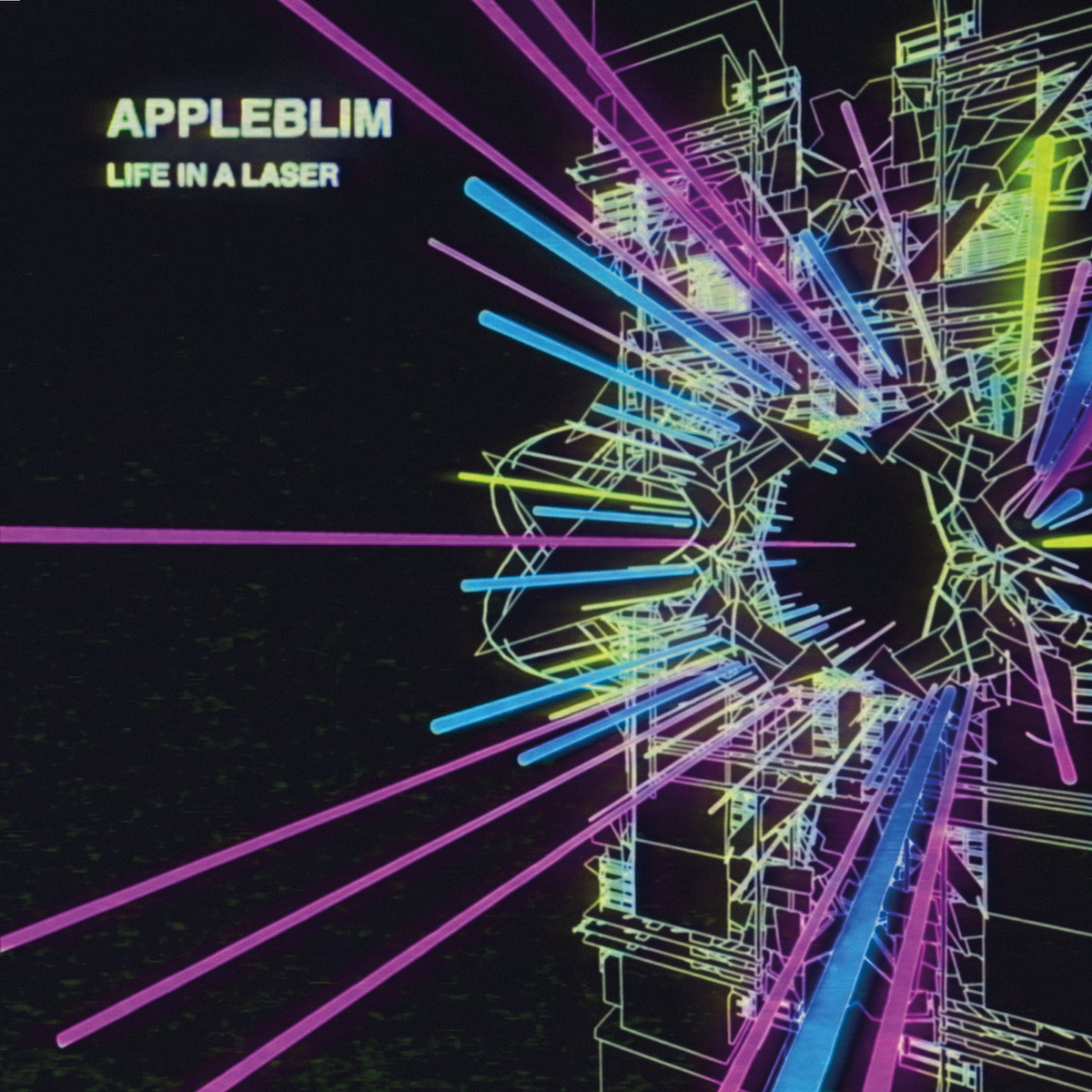Appleblim Life In A Laser
Spectral remembrances of breakbeat variations serve as the template for Laurie Osbourne's new LP.

Appleblim has long been lumped in with the dubstep brigade, but that’s always felt like a gross simplification of his career. Yes, the U.K.–born, Berlin-based producer (real name: Laurie Osbourne) was a regular at such hallowed dubstep nights as FWD>> and DMZ; yes, he and Shackleton launched the pioneering dubstep-oriented Skull Disco label back in 2008; yes, his first release, that same year’s “Mystikal Warrior,” was a slice of mind-expanding exemplar of the sound. But Osbourne (and Skull Disco) used the style as a point of departure rather than a destination, with the otherworldly ambience of the music, rather than its rhythmic particulars, often serving as the focal point. He’s generally been more concerned with musical experimentation than the niceties of genre, and that has generally continued unabated—see 2015’s fierce Avebury EP. On his debut album, Life in a Laser, however, he splits the difference—it’s full of playful experimentation while paying tribute to his heritage.
Life in a Laser’s cuts are among the crispest and cleanest tracks he’s ever produced. There’s still an alchemistic, even spiritual feel to his sound, but he’s largely dispensed with the denseness that defines some of his music in favour of tunes that make their point with a minimum of filigree. Spectral remembrances of breakbeat variations serve as the template; that rhythm, and how it relates to what surrounds it, is key.
Not that the album, released on Jamie Russell’s Sneaker Social Club imprint, is by any means minimalist—instead, the richness and dynamics are more to-the-point than much of Osbourne’s earlier work. A track like “Ignite” serves as a good case in point: trembling chords ride above a tumbling kick pattern, underpinned with an eliding bass. Midway, a series of staccato synth bursts add more syncopation and melody. There’s a ruptured aura to the track—tones enter and exit, rhythms are rearranged—yet there’s an easy flow that keeps the tension in check.
Elsewhere, “Astral Light Highway” has the feel of broken-beat dub techno, its springy reverb enveloping an ascending bassline that permeates the song with tense energy. The skeletal funk rhythm of “Manta Key,” along with its convoluted eight-bar bassline, serves as the base on which to drape a dreamland of stuttering synths. And “Chrome Mist” skitters its way around an electro rhythm, albeit one with a good chunk of its kick hits gone AWOL. That uncluttered cadence, along with a shimmer of rapid-fire pings and eliding synths percolating in the background, serves to give the track a lighter-than-air feel, despite the heavy bass drum that kicks in about halfway through.
Some of the album’s best moments come when Osbourne, with a minimum of fuss, plays it relatively straight and leaves his exploratory instincts behind. With its gently propulsive percussion and emotive chords, “NCI,” for instance, has the feel of a classic liquid drum ’n’ bass track that, with just the slightest of tweaks, wouldn’t feel out of place on a Fabio set circa the early ’00s.
But for the most part, Life In A Laser is the sound ofOsbourne collecting his inspirations, and arranging them into a paradigm all his own. A cut like “I Think We’ll Let the Gas Sort This One Out” is a prime example: a jumpy garage beat and a simple, bubbling bassline careen beneath a chord pattern that’s smudged yet somehow cheery, before everything becomes hidden behind a veil of haze. It sounds like a track that might have been around forever, and yet it feels like something brand new.
Tracklisting
01 Life In A Laser
02 Ignite
03 I Think We’ll Let The Gas Sort This One Out
04 NCI
05 Manta Key
06 Flows From Within
07 Chrome Mist
08 Astral Light Highway
09 Pyramirror

